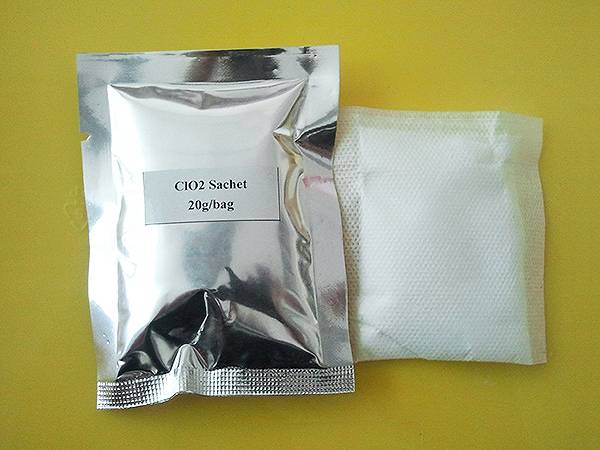



sodium hydroxide pellets sds
Safety Data Sheet for Sodium Hydroxide Pellets
Sodium hydroxide (NaOH), commonly referred to as caustic soda or lye, is an inorganic compound that appears as a white solid in pellet form. It is widely used in various industries, including chemical manufacturing, food processing, and water treatment. However, due to its highly corrosive nature, it’s essential to handle sodium hydroxide with utmost care. This article highlights important information typically found in the Safety Data Sheet (SDS) for sodium hydroxide pellets, including hazards, handling procedures, and emergency measures.
1. Identification
The first section of the SDS is dedicated to identifying the chemical. Sodium hydroxide is listed with its CAS number, which is 1310-73-2. It is crucial to note that sodium hydroxide is classified as a hazardous substance due to its corrosive properties.
2. Hazard Identification
Sodium hydroxide pellets can cause severe damage upon contact with skin, eyes, and mucous membranes. The SDS classifies it as a corrosive material (Category 1A) and provides the following hazards
- Skin Corrosion/Irritation Sodium hydroxide can cause severe skin burns. Prolonged exposure may lead to tissue destruction. - Serious Eye Damage/Irritation Contact with eyes can produce irreversible damage and even blindness. - Corrosive to Metals It can react with metals, releasing hydrogen gas, which poses fire and explosion hazards.
The SDS emphasizes the importance of using appropriate personal protective equipment (PPE), including gloves, goggles, and protective clothing, to mitigate these risks.
3. Composition/Information on Ingredients
Sodium hydroxide is the sole component in the pellets, typically comprising more than 99% NaOH
. While pure sodium hydroxide is a white crystalline solid, commercial-grade products may contain small amounts of impurities, which should also be noted in the safety documentation.4. First-Aid Measures
In the event of an exposure incident, the SDS provides crucial first-aid measures
- Inhalation If inhaled, move the person to fresh air immediately. Seek medical attention if symptoms persist. - Skin Contact Quickly remove contaminated clothing and rinse skin with plenty of water for at least 15 minutes. Seek medical attention for severe burns. - Eye Contact Rinse eyes with water for at least 15 minutes, lifting the upper and lower eyelids. Immediate medical attention is necessary.
sodium hydroxide pellets sds

5. Fire-Fighting Measures
Sodium hydroxide itself is not flammable; however, it can react vigorously with water and release heat. In case of a fire involving sodium hydroxide, use dry chemical extinguishers or foam suitable for firefighting. It is crucial to avoid water, as it can produce hazardous reactions.
6. Accidental Release Measures
In case of a spill, the SDS outlines the following procedures
- Evacuate unnecessary personnel and secure the area. - Wear appropriate PPE before cleaning up. - Use absorbent material to collect spills, and neutralize the residue with a mild acid, such as vinegar, before disposal. - Dispose of the collected material according to local regulations.
7. Handling and Storage
To ensure safety during the use and storage of sodium hydroxide pellets, follow these guidelines
- Store in a cool, dry, well-ventilated area, away from incompatible substances (e.g., acids). - Keep containers tightly closed when not in use and label them clearly. - Avoid generating dust and ensure good ventilation in work areas to minimize inhalation risks.
8. Exposure Controls and Personal Protection
To protect against exposure, the SDS recommends implementing engineering controls such as fume hoods and local exhaust systems. Additionally, wearing respirators may be necessary in situations where adequate ventilation cannot be ensured.
Conclusion
Sodium hydroxide pellets are a versatile chemical with significant industrial applications. However, its corrosive nature necessitates careful handling and strict adherence to safety protocols. Familiarity with the information presented in the SDS is critical for ensuring the safety of personnel and the environment. By understanding the hazards associated with sodium hydroxide and following appropriate safety measures, users can safely utilize this powerful chemical. Always prioritize safety—it's not just a guideline; it's a necessity.
-
Why Sodium Persulfate Is Everywhere NowNewsJul.07,2025
-
Why Polyacrylamide Is in High DemandNewsJul.07,2025
-
Understanding Paint Chemicals and Their ApplicationsNewsJul.07,2025
-
Smart Use Of Mining ChemicalsNewsJul.07,2025
-
Practical Uses of Potassium MonopersulfateNewsJul.07,2025
-
Agrochemicals In Real FarmingNewsJul.07,2025
-
Sodium Chlorite Hot UsesNewsJul.01,2025










